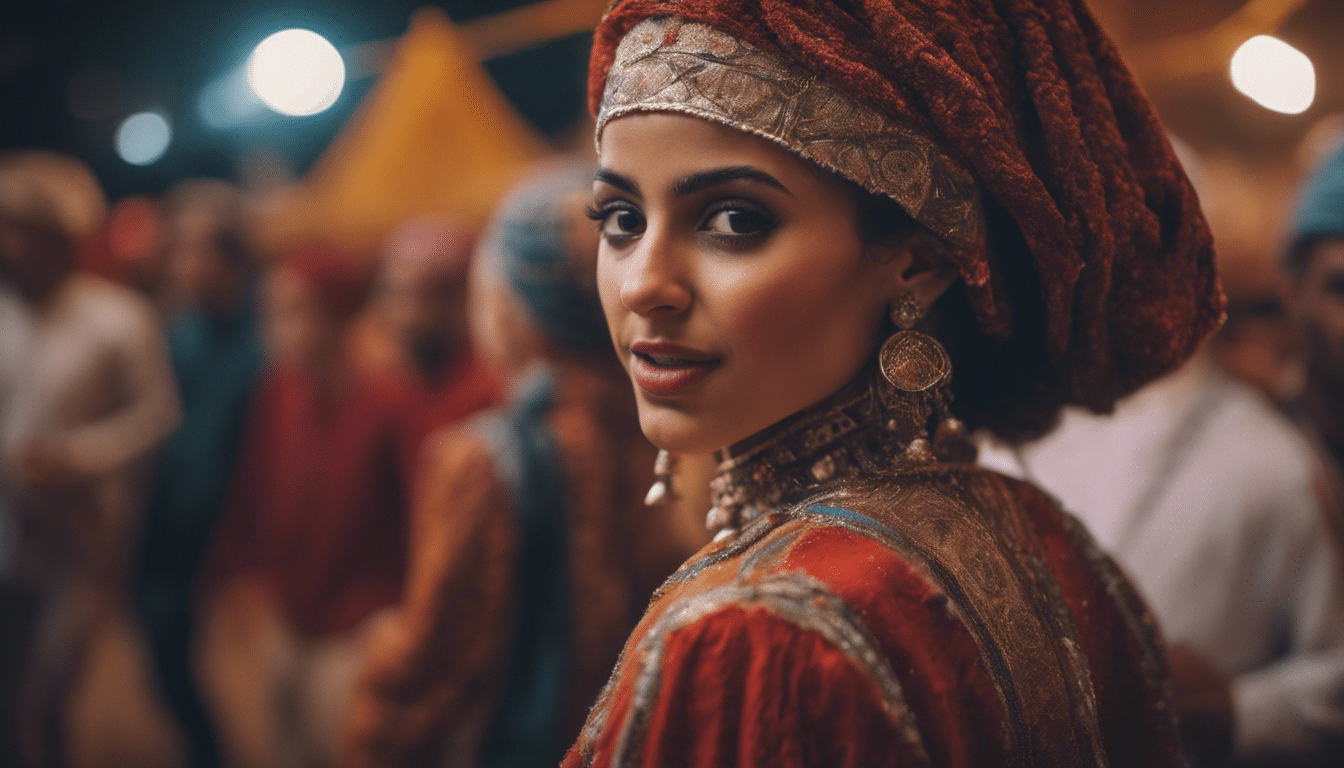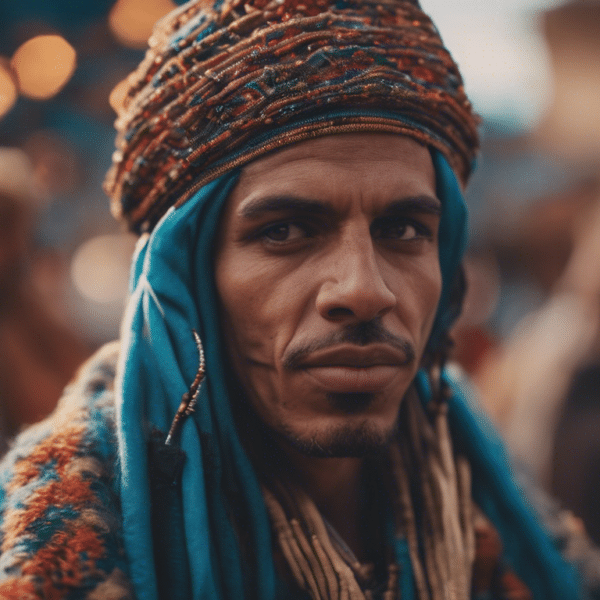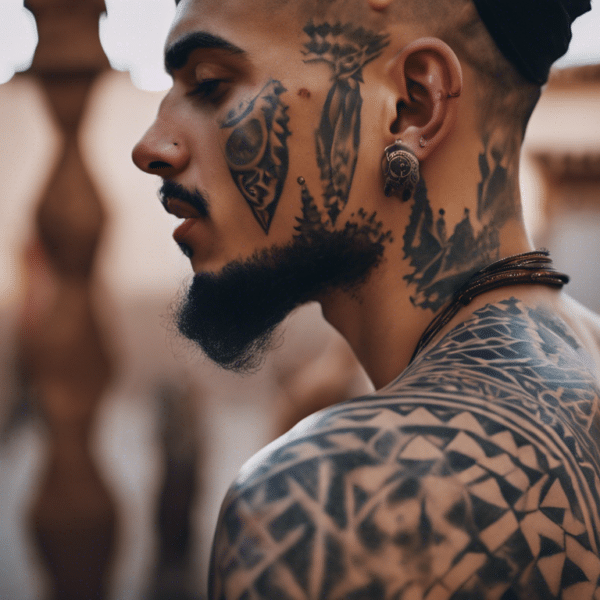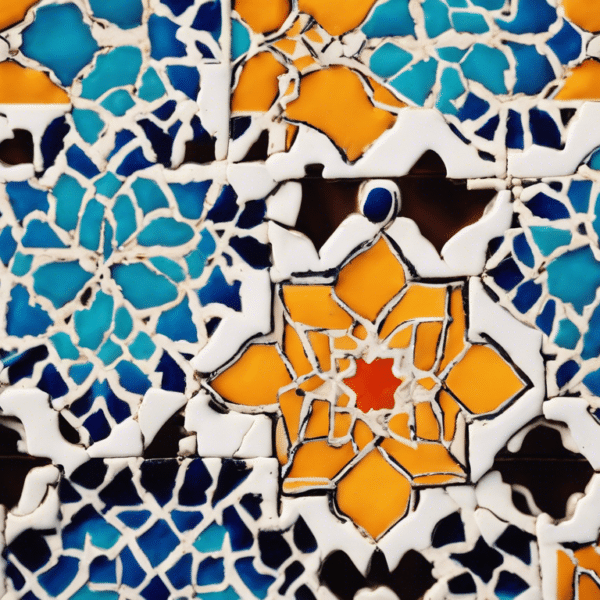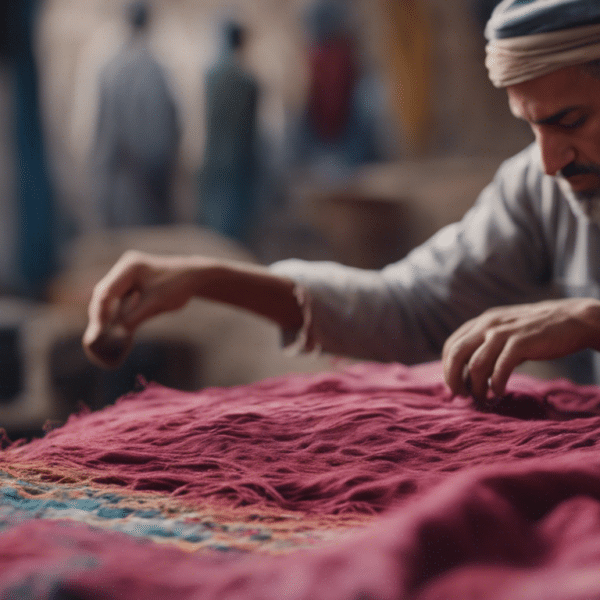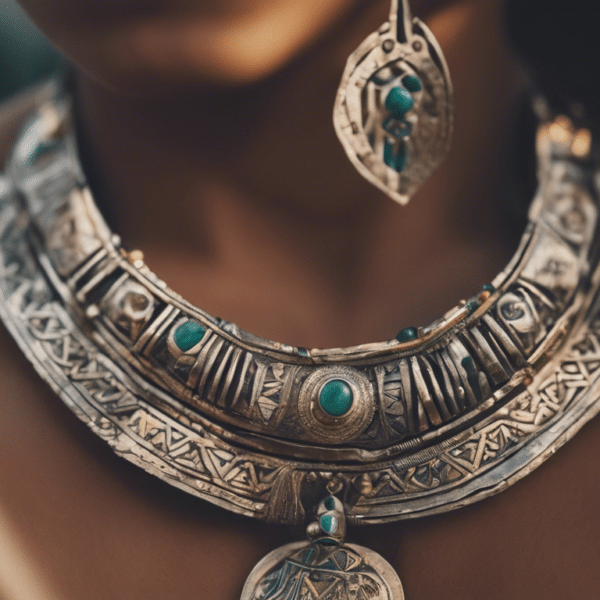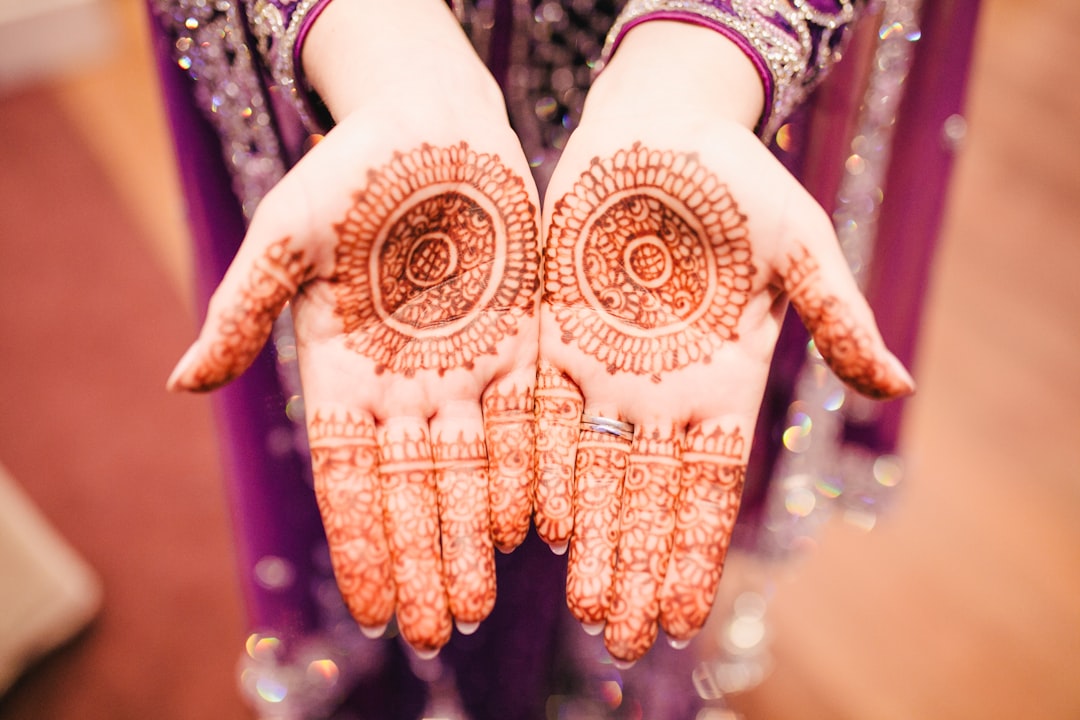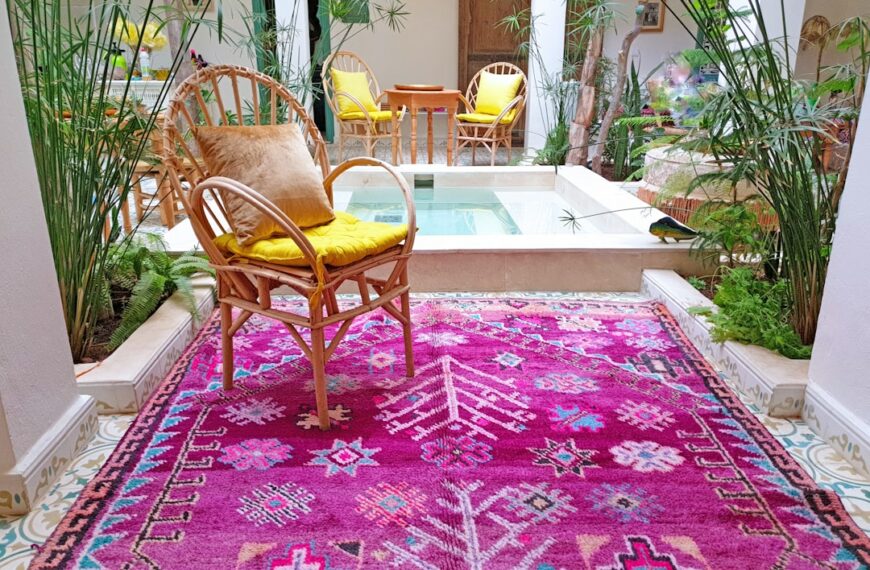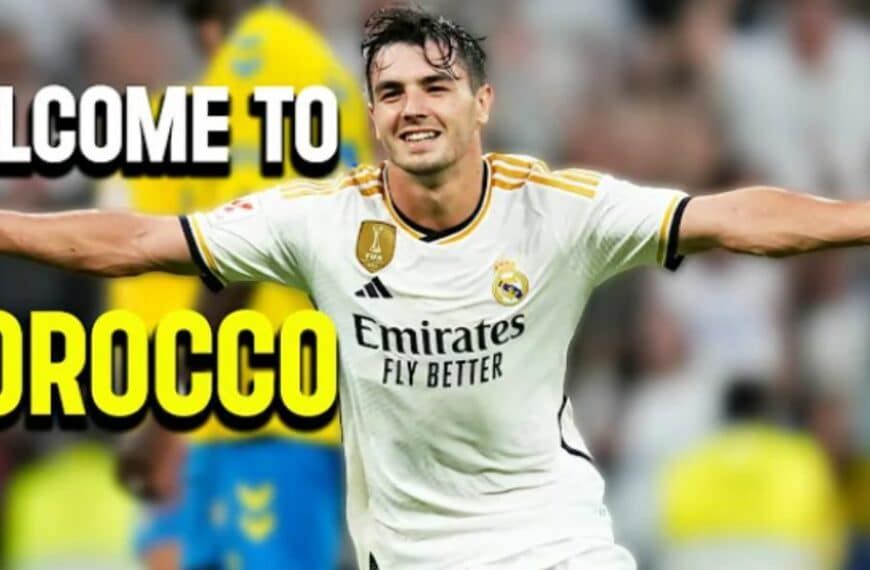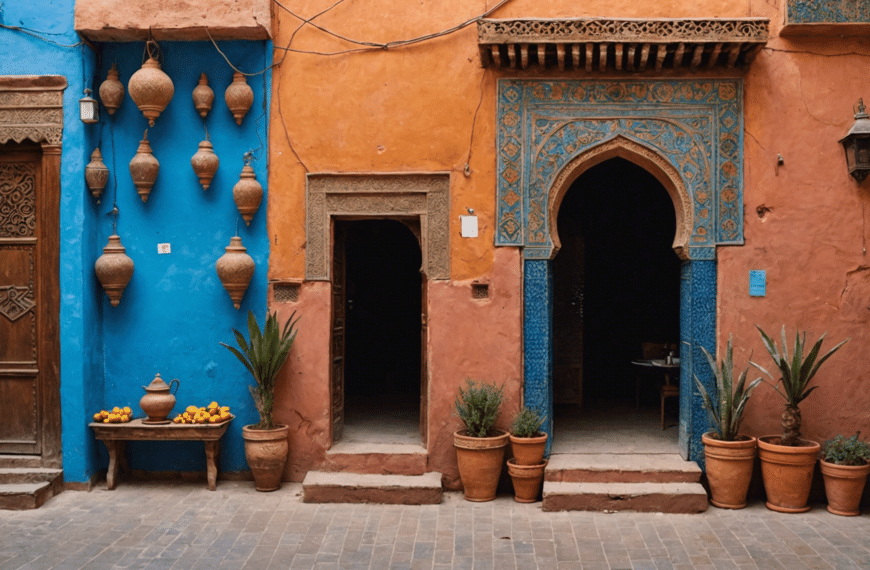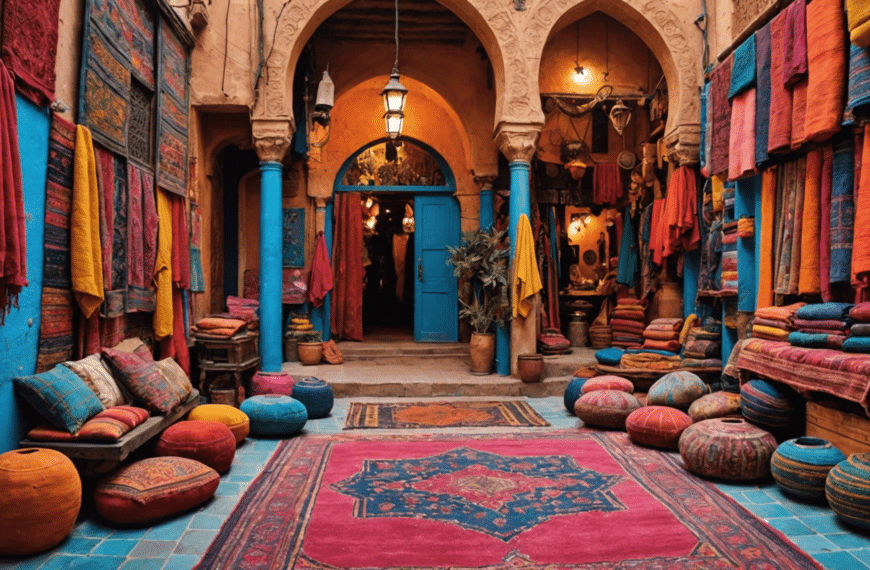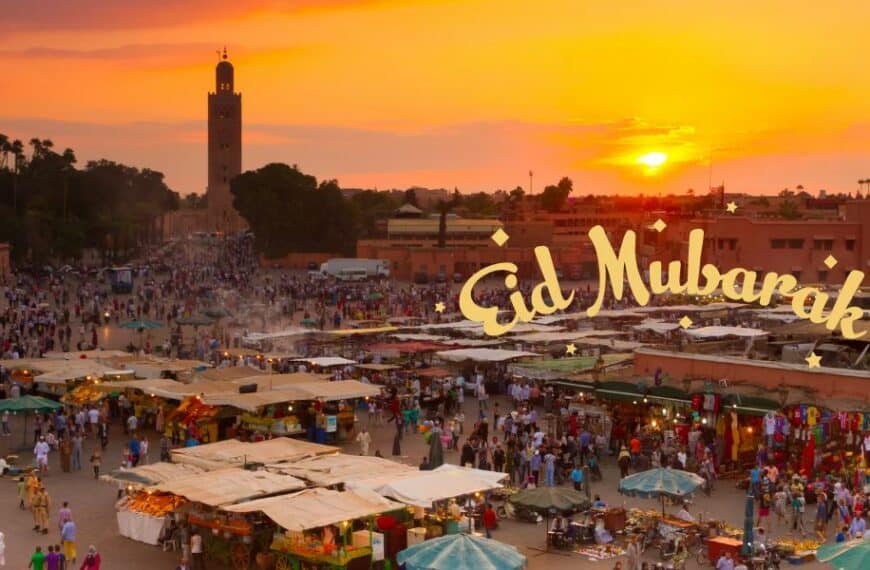The Cultural Tapestry of Moroccan Music
Moroccan Music and Dance: A Symphony of Senses
Nestled within the heartbeat of Morocco, there exists a vibrant symphony—a flux of sound, rhythm, and movement painting the everyday life and the soul of its people. Moroccan music and dance are not mere forms of entertainment; they’re reflections of a rich cultural history, a colorful mosaic of influences from Andalusian strains to Saharan beats.
The Melodic Variance of Moroccan Rhythms
As one travels through Morocco, they encounter the diverse melodies that make up the country’s auditory landscape. In the quiet of the Sahara, the stirring sound of the gnawa music—originating from the spiritual rituals of enslaved Africans—fills the air with hypnotic rhythms and haunting chants. Transitioning to the cities, the vibrant rhythm of chaabi reflects the pulse of Moroccan life – born in the medinas, it captures the essence of celebration and community.
Andalusian Echoes and Berber Beats
Journeying northwards, the intricate harmonies of Andalusian classical music can be heard echoing through the halls of old riads, a legacy of the Moors, intertwined with Arab poetry and the classical traditions of the Middle East. As one immerses further into the rural areas, Amazigh (Berber) music offers an earthier, poignant sound marked by the percussive rhythms of the bendir drum, telling stories that have been passed down for generations.
Dance: The Living Art of Moroccan Expression
The dance floor of Morocco is as varied as its tunes. The famed Moroccan Andalusian classical dance captures the sophistication of courtly life, while the energetic steps of Shikat dance challenge even the most audacious dancer with its quick footwork. Yet it is perhaps the mystical dance of the gnawa that most powerfully evokes the spiritual depth of Moroccan culture, with its measured movements that inspire a state of trance.
The Festive Heartbeat: Festivals and Celebrations
Amidst the ordinary and the extraordinary days alike, it is during festivals where Moroccan music and dance truly present their most spectacular ensembles. Fes Festival of World Sacred Music and Gnaoua World Music Festival in Essaouira are arena where these art forms come to life in full color, attracting both local enthusiasts and world travelers keen on experiencing this sonic tapestry.
The magic of Moroccan music and dance extends beyond the audible and the visible. It is a cultural lifeline, encompassing the history, spirit, and dynamism of a nation and its people. It is this cultural tapestry that beckons one to explore further, to listen closely, and to dance, letting the rhythm of Morocco move through you, in the most profound way.
Instruments and Rhythms Defining Moroccan Sound
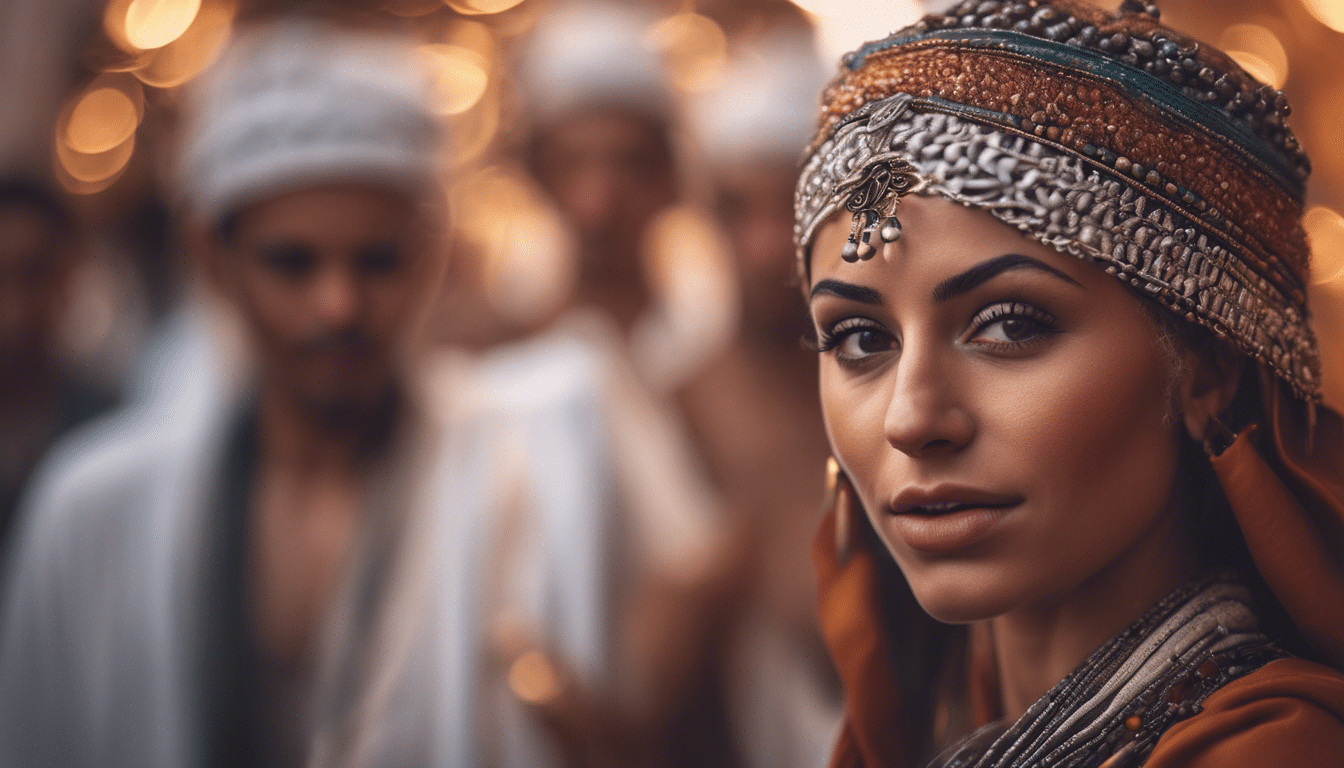
The Heartbeat of Morocco: Traditional Instruments
In Morocco, the music is as vibrant and diverse as the country’s landscape, weaving together Arab, Berber, Andalusian, and Saharan influences. To understand the fabric of Moroccan sound, one must start with the traditional instruments that are the backbone of this rich musical heritage. The oud, a fretless lute with a mellow, deep resonance, often leads the melody. Its strings sing stories of ancient times and distant lands, inviting one to ponder the mysteries of the desert.
The qanun, with its glistening cascades of notes, provides a sparkling texture to the music—a sound so reflective of the intricate mosaics adorning Moroccan architecture. Percussive instruments such as the darbuka and the bendir introduce infectious rhythms that summon even the shyest feet to dance. Then there is the krakebs, iron castanets that are emblematic of the gnawa music, creating hypnotic beats that connect the spiritual with the earthly.
Rhythmic Patterns: The Soul of Moroccan Sound
The spirit of Moroccan music is best expressed through its rhythmic patterns, which vary from region to region, each telling its own tale. The dakka marrakchia, unique to Marrakech, is a celebration of percussion where groups come together in a powerful, synchronized display of community and artistry. Aissawa rhythm invites a trance with its complex layers, used in spiritual ceremonies to connect with the divine.
On the coast, the chaabi rhythm is a popular expression in weddings and festivals, showcasing a playful interplay between the violin, bendir, and voice. The beats are uplifting, often accelerating, echoing the joy and festivity of the occasion. Meanwhile, the mystic sufi rhythms are slower, emphasizing the deep connection between movement, breath, and the infinite.
Dance: The Visual Expression of Moroccan Rhythms
Moroccan music cannot be fully experienced without acknowledging the dance that embodies its essence. The shikat, with its undulating movements of the hips and arms, tells a story of femininity and strength, while the guedra offers a more spiritual performance, a prayer made visible. The vibrant Ahwash dance brings communities together, dancers moving in unison to the rhythms that have bound Moroccan people for centuries.
And perhaps one of the most mesmerizing spectacles is the dance of the gnawa, where the rhythm of the krakebs and the call-and-response chants lead participants into a state of ecstasy. Here, each twirl and leap is a step deeper into a world where music, movement, and spirit meld into one.
Those seeking to understand the heart of Moroccan culture need not look further than the pulse of its music and the grace of its dance. Every note played on an oud, every beat struck on a darbuka, every pattern spun in a dance—it’s all a celebration of a rich and enduring heritage. From the mellifluous melodies to the earth-shaking percussion, the instruments and rhythms defining Moroccan sound are truly a testament to the country’s soul.
Dance Styles: An Expression of Moroccan Identity
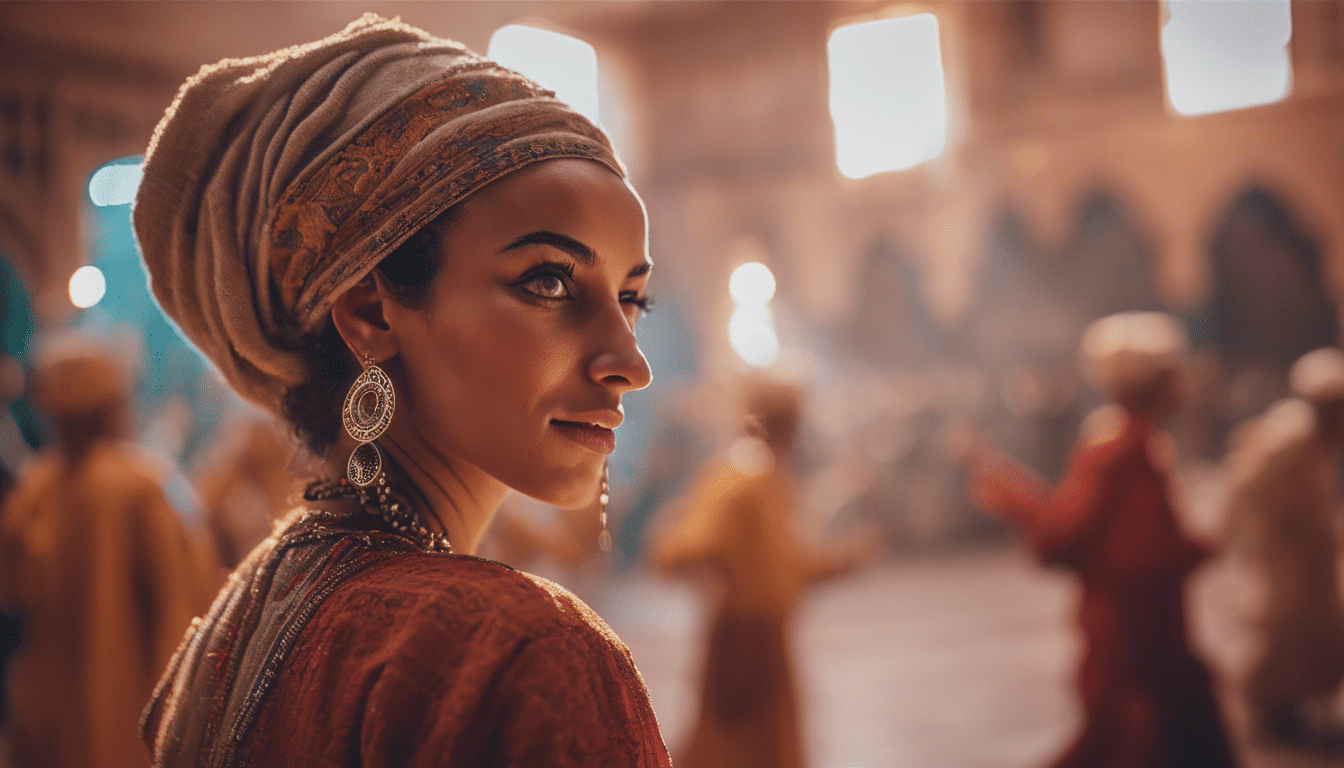
Moroccan music and dance: Dance Styles: An Expression of Moroccan Identity
The rhythmic heartbeat of Morocco is most vividly felt through its music and dance, deeply rooted in the rich tapestry of the country’s history and culture. Far more than mere entertainment, the diversity of dance styles found within Moroccan borders speaks volumes about the complexities of its identity, each movement and melody narrating a story that resonates with the soul of Morocco.
Amazigh Rhythms: A Legacy of the Berbers
Within the realms of Moroccan dance, the movements illustrated by the Amazigh, or Berber, people, represent one of the most ancient and profound expressions of cultural heritage. The Ah wash dance from the High Atlas Mountains tells a tale of community and solidarity, traditionally performed in a circle to symbolize unity and resistance. Energetic and poised, dancers coordinate to the beat of drums, allowing their communal spirit to manifest through synchronized steps and claps, echoing the heartbeats of their shared ancestry.
The Mesmerizing Gnaoua
Originating from sub-Saharan African influences, the Gnaoua music and dance encompasses a spiritual and healing ritual that transcends the physical realm. The dancers, adorned in vibrant, flowing garments, surrender to the hypnotic rhythms, their bodies becoming vessels for the expression of ancestral wisdom. Twirling and swaying, they invite onlookers to witness a spectacle of color and sound that captivates and transfixes, an intimate glimpse into a world where the seen and unseen commune.
The Flamboyant Andalusian Influence
Morocco’s proximity to Spain has woven a thread of Andalusian flair into its cultural fabric. The Andalusian classical music and dances seen in cities like Fez and Tetouan carry a regal air, reminiscent of a courtly past. Delicate hand movements paired with elegant footwork are performed to the enchanting melodies of strings and percussion, a dance that narrates the tales of empires lost to time but preserved through art.
The Popular Chaabi: A Reflection of Everyday Life
Chaabi, meaning ‘folk’ in Arabic, is the dance of the people and by the people, a vivacious representation of Moroccan joie de vivre. Often performed at celebrations and weddings, the rhythmic and earthy movements married with passionate vocals and beats reflect the realities and emotions of everyday life. The Chaabi dance is approachable, inviting all who resonate with its energy to partake in the joyous abandonment of inhibition.
The Sway of Saharan Sounds
The vast expanse of the Sahara is not silent; its voice is carried through the soul-stirring dances of the desert’s nomadic tribes. Here, the Hassaniya music is punctuated by the dancers’ gentle sways and subtle yet intricate gestures, mirroring the serene yet potent spirit of the sands they call home.
In weaving together the different threads of Moroccan music and dance, it is evident that the dance styles are not just performances but also powerful expressions of a multi-faceted identity. Each rhythm and step, each clap and twirl, are integral parts of a language that articulates the richness of Morocco’s collective soul.
For those who journey through Morocco, participating in or merely witnessing the magic of these dance styles offers an intimate perspective of the country’s heart. Here, in the confluence of movements and melodies, lies an art form that is the living, breathing narrative of Morocco’s past, present, and future – a dance of culture that continues to enchant and define a nation.

